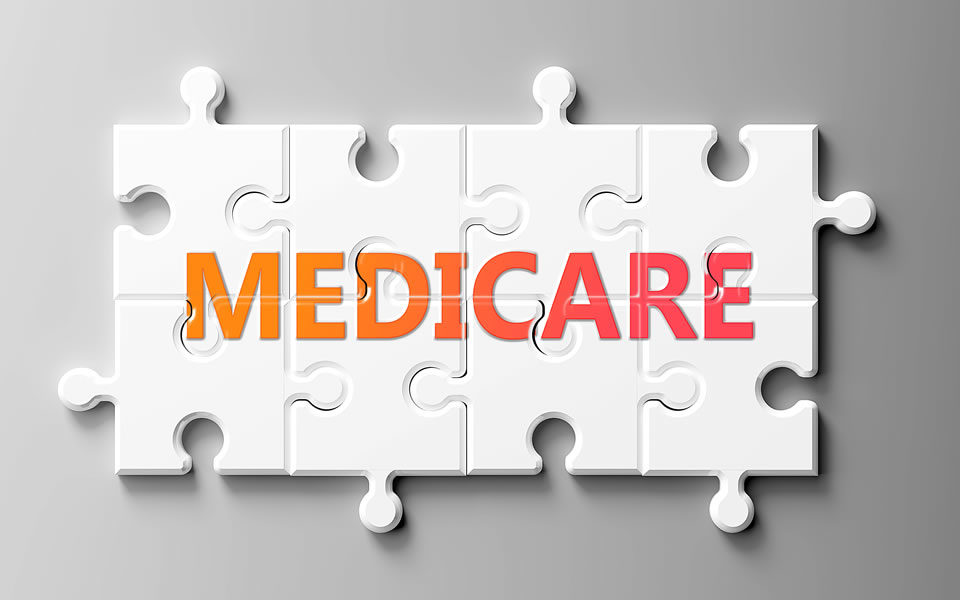Medicare Bad Debt Summary of CMS Final Ruling
On September 18, 2020, the Centers for Medicare & Medicaid Services (CMS) published in the Federal Register the 2021 IPPS final rule, with an effective date of October 1, 2020. Below is a summary of the finalized regulations for Medicare bad debts put in place by CMS. It is important to remember that these requirements apply to traditional, fee-for-service Medicare services. Any deductible and coinsurance bad debts from Medicare advantage plans do not qualify for reimbursement on a Medicare cost report. Although many of these points may not appear new, some have been expanded for more clarity.
Medicare Bad Debt Key Requirements
- The collection efforts of the provider or collection agency for Medicare patients must be similar to the efforts to collect similar amounts from non-Medicare patients.
- Accounts sent to a collection agency must be closed and returned to the provider before claiming as a bad debt.
- Reasonable collection efforts of non-indigent patients must continue for a minimum of 120 days, beginning with the day the first bill was sent. Each time that a new payment is received, regardless of the amount, the 120-day clock must restart.
- A bill to the responsible party for the Medicare coinsurance must be issued on or before 120 days after one of the following:
- The date of the Medicare remittance advice.
- The date of the secondary payer remittance advice, if applicable.
- The date of the notification that the secondary payer does not cover the services furnished to the beneficiary./li>
- Determination that a non-dual eligible beneficiary is indigent includes the following:
- A beneficiary’s declaration of their inability to pay must not be your sole proof of indigence.
- Prepare an analysis of both the beneficiary’s assets and income.
- Consider any extenuating circumstances that would affect the determination of indigence, which may include an analysis of the beneficiary’s liabilities and expenses.
- Determine that there are no other sources that are legally responsible for the bills, such as a legal guardian or State Medicaid program.
- Maintain an indigence determination policy describing the method by which indigence was determined, and maintain supporting documentation for each beneficiary.
- Once indigence is determined, the bad debt can be considered uncollectible, without any collection efforts.
- These bad debts represent reductions in revenue.
- For dual eligible accounts (beneficiaries eligible for both Medicare and Medicaid, with Medicare being the primary payer), the provider must bill the state and deduct the appropriate state cost sharing liability from the Medicare bad debt.
- When a state does not process a Medicare crossover claim and does not issue Medicaid remittance advice, alternate documentation must include all of the following:
- Statement from the State Medicaid program that they have no obligation to pay the Medicare deductible or coinsurance, or notice of the provider’s inability to enroll in Medicaid for purposes of processing a crossover claim.
- Documentation setting forth the State’s liability for the Medicare cost sharing, or lack thereof.
- Documentation verifying the beneficiary’s eligibility for Medicaid for the service dates.
- For cost reports beginning before October 1, 2020, Medicare bad debts must not be written off to a contractual allowance accounts, but must be charged to an expense account for uncollectible accounts.
- For cost reports beginning on or after October 1, 2020, Medicare bad debts must not be written off to a contractual allowance account, but must be charged to an uncollectible receivable account that results in a reduction in revenue.
In addition to the above, CMS has proposed a new reporting format for the current Exhibit 2, which is the listing of Medicare bad debts for cost reporting purposes. For hospitals only, the Exhibit 2 is being replaced with Exhibit 2A and is effective for cost reporting periods beginning on or after October 1, 2020. Although this new format is currently specific to hospitals, it may be required for all provider types in the future. Exhibit 2A includes 25 columns, with noteworthy additions including:
- Remittance advices dates for Medicare, Medicaid and secondary payers.
- Beneficiary responsible amount.
- Date of A/R write-off, date of the cease of collection efforts and date of Medicare write-off.
- Collection agency information, including sent and return dates.
- Recovery amounts.
- Current year payments received, including source.
- Comments column.
In addition, a separate list should be maintained for non-dual eligible and dual eligible/crossover bad debts.
It is important that all providers review their bad debt policies and procedures to ensure that all of the above criteria are met.
Marcum’s Advisory healthcare professionals are available to review your processes and supporting documentation, to ensure that no bad debt reimbursement is left on the table.









